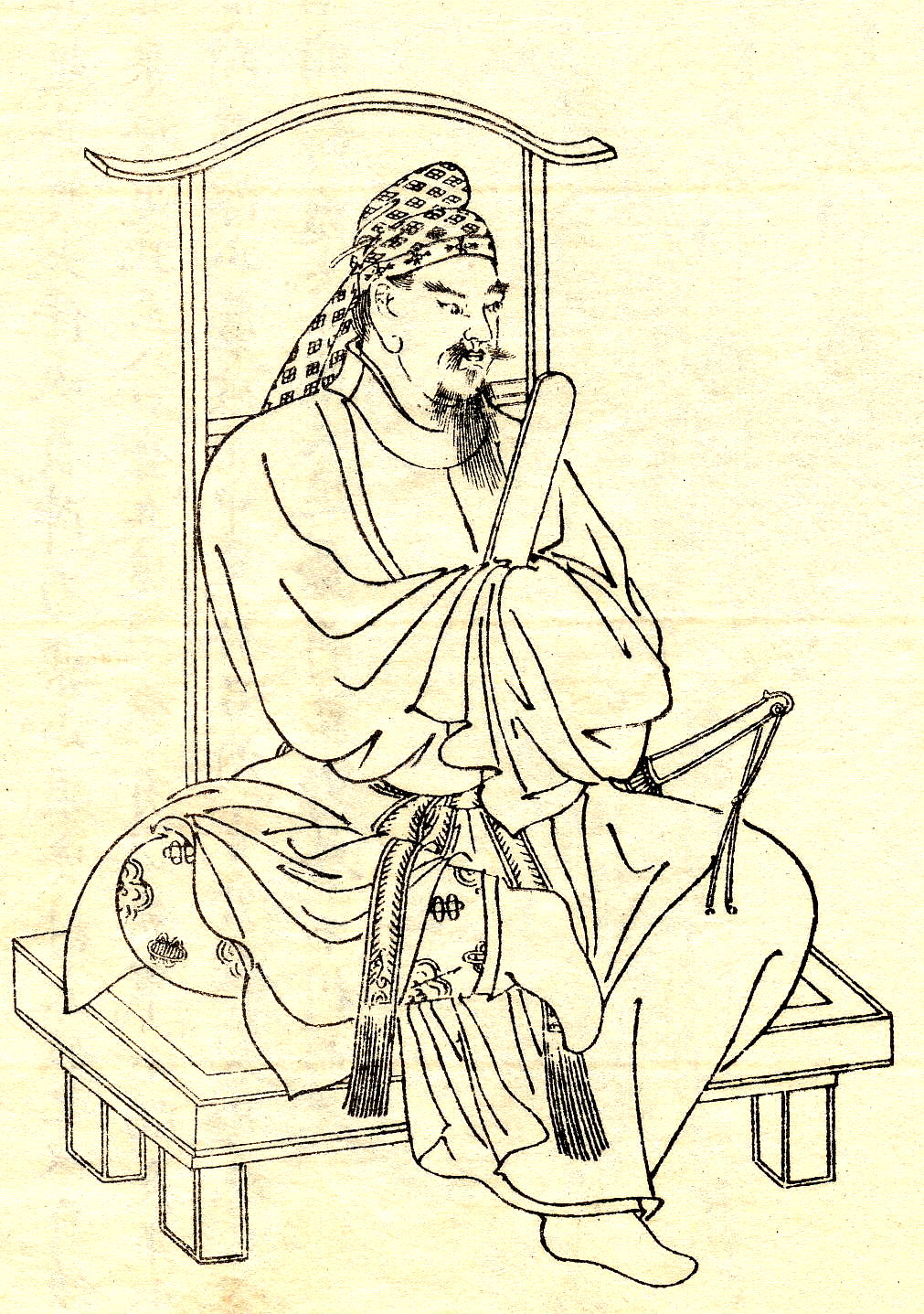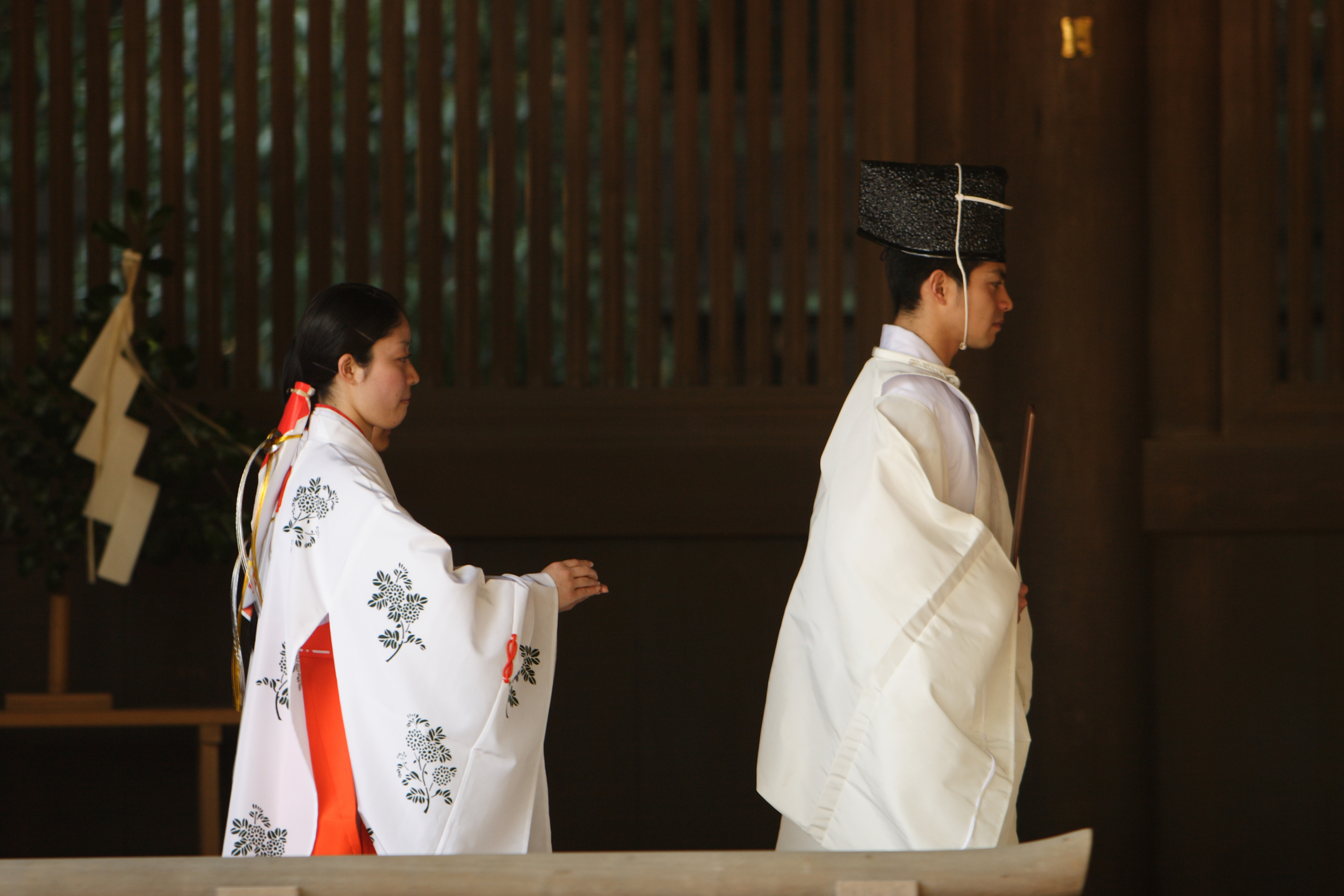|
Tōshi Kaden
, commonly abbreviated to ''Kaden'', is a Japanese biographical record of the Fujiwara clan. Compiled by Fujiwara no Nakamaro and Enkei, it was completed between 760 and 766.Nihon Koten Bungaku Daijiten (1986:369) It is two volumes in length. Contents The first volume, known formally as , was compiled by Fujiwara no Nakamaro. It records the biography of Fujiwara no Kamatari, the ancestor of the Fujiwara clan. This is followed by accounts of his children, Jōe and Fuhito. However, only the Jōe passage survives. The second volume, known formally as , was compiled by Enkei. It records the biography of Fujiwara no Muchimaro was a Japanese courtier (''kuge'') and politician of the late Asuka and early Nara period. He founded the Nanke ("Southern") branch of the Fujiwara clan.'' MyPedia'' entry for "Fujiwara no Muchimaro His court rank is Senior First Rank. Life .... The text is viewed as a valuable supplemental historical source as it contains a number of anecdotal incide ... [...More Info...] [...Related Items...] OR: [Wikipedia] [Google] [Baidu] |
Fujiwara Clan
was a powerful family of imperial regents in Japan, descending from the Nakatomi clan and, as legend held, through them their ancestral god Ame-no-Koyane. The Fujiwara prospered since the ancient times and dominated the imperial court until the Meiji Restoration in 1868. They held the title of Ason. The abbreviated form is . The 8th century clan history ''Tōshi Kaden'' (藤氏家伝) states the following at the biography of the clan's patriarch, Fujiwara no Kamatari (614–669): "Kamatari, the Inner Palace Minister who was also called ‘Chūrō'',''’ was a man of the Takechi district of Yamato Province. His forebears descended from Ame no Koyane no Mikoto; for generations they had administered the rites for Heaven and Earth, harmonizing the space between men and the gods. Therefore, it was ordered their clan was to be called Ōnakatomi" The clan originated when the founder, Nakatomi no Kamatari (614–669) of the Nakatomi clan, was rewarded by Emperor Tenji with the honori ... [...More Info...] [...Related Items...] OR: [Wikipedia] [Google] [Baidu] |
Fujiwara No Nakamaro
, also known as , Brown, Delmer M. (1979). ''Gukanshō,'' p. 274 was a Japanese aristocrat (''kuge''), courtier, and statesman. Nussbaum, Louis-Frédéric. (2005)"Fujiwara no Nakamaro"in ''Japan Encyclopedia'', p. 207. He was Chancellor (''Daijō-daijin'') of the Imperial government during the Nara period. Sansom, George Bailey. (1958). ''A History of Japan to 1334,'' p. 91; excerpt, "He paid particular attention to military matters, and while he was Chancellor, he planned a line of forts at points in the northern provinces of Mutsu and Dewa, which were to be bases of operations against the rebellious aborigines. His project did not succeed ..." Early life Nakamaro was the second son of Fujiwara no Muchimaro, who was the founder of southern branch of the Fujiwara clan. Career Nakamaro was named to progressively important court positions during the reign of Empress Kōken. * Minister of the Right (''udaijin'') * Supreme Military Official (''shibinaishō'') * Vice Minister (''ju ... [...More Info...] [...Related Items...] OR: [Wikipedia] [Google] [Baidu] |
Fujiwara No Kamatari
Fujiwara no Kamatari (藤原 鎌足, 614 – November 14, 669) was a Japanese statesman, courtier and aristocrat during the Asuka period (538–710).Nussbaum, Louis-Frédéric. (2005). "Fujiwara no Tadahira" in ; Brinkley, Frank ''et al.'' (1915). He is the founder of the Fujiwara clan, the most powerful aristocratic family in Japan during Nara and Heian periods. He, along with the Mononobe clan, was a supporter of Shinto and fought the introduction of Buddhism to Japan. The Soga clan, defenders of Buddhism in the Asuka period, defeated Kamatari and the Mononobe clan and Buddhism became the dominant religion of the imperial court. Kamatari, along with Prince Naka no Ōe, later Emperor Tenji (626–672), launched the Taika Reform of 645, which centralized and strengthened the central government. Just before his death he received the surname ''Fujiwara'' and the rank Taishōkan from Emperor Tenji, thus establishing the Fujiwara clan. Biography Kamatari was born to the Nakat ... [...More Info...] [...Related Items...] OR: [Wikipedia] [Google] [Baidu] |
Jōe (priest)
is a garment worn in Japan by people attending religious ceremonies and activities, including Buddhist and Shinto related occasions. The is essentially a white , traditional hunting robes worn by nobles during the Heian period. Though both Shinto and Buddhist priests wear to rituals, laymen also occasionally wear the , such as when participating in pilgrimage such as the Shikoku Pilgrimage. The garment is usually white or yellow, and is made of linen or silk depending on its type and use. Shinto priests who wear the usually wear it with a peaked cap known as , alongside an outer tunic - the proper - an outer robe called , an undergarment known as the (lit. "unlined" or "one-layer"), ballooning trousers called or (a variant of the ), and a girdle called . A priest may also carry a ceremonial wand known as a , or another style of baton known as a . See also * Glossary of Shinto This is the glossary of Shinto, including major terms on the subject. Words followed by an as ... [...More Info...] [...Related Items...] OR: [Wikipedia] [Google] [Baidu] |
Fujiwara No Fuhito
Fujiwara no Fuhito (藤原 不比等: 659 – 13 September 720) was a powerful member of the Imperial Court in Kyoto, imperial court of Japan during the Asuka period, Asuka and Nara periods. Second son of Fujiwara no Kamatari (or, according to one theory, of Emperor Tenji), he had sons by two women, and those sons were the founders of the four principal lineages of the Fujiwara clan: the South, North, Ceremonial, and Capital lineages. Also, he had four daughters by two other women, three by Kamohime, one by Tachibana no Michiyo. One daughter by Kamohime became Emperor Monmu's wife Miyako, who in turn gave birth to Emperor Shōmu. The daughter by Michiyo became the empress of his grandson Shōmu, Empress Kōmyō. During the reign of Emperor Monmu, the government ordered that only the descendants of Fuhito could bear the Fujiwara surname and could be appointed in the Daijō-kan, Office of Dajokan, the center of administratives. Biography Fuhito was 13 years old when the Jinsh ... [...More Info...] [...Related Items...] OR: [Wikipedia] [Google] [Baidu] |
Fujiwara No Muchimaro
was a Japanese courtier (''kuge'') and politician of the late Asuka and early Nara period. He founded the Nanke ("Southern") branch of the Fujiwara clan.'' MyPedia'' entry for "Fujiwara no Muchimaro His court rank is Senior First Rank. Life Muchimaro is the eldest son of Fujiwara no Fuhito, and her mother Soga no Shōshi is the daughter of Soga no Murajiko. He married a granddaughter of Abe no Miushi, with whom he had two sons Fujiwara no Toyonari and Fujiwara no Nakamaro. Among his daughters was consort of Emperor Shōmu. Muchimaro became the head of Ministry of Civil Services in 718. When Fuhito, Muchimaro's father, died in 720, Prince Nagaya was at the highest rank in the state government. Prince Nagaya was grandson of Emperor Tenmu, but not a son of Fujiwara family, therefore was seen as a threat by Muchimaro and his three brothers. After successfully removing Prince Nagaya in 729, Muchimaro rose to ''Dainagon'' (Counselor of the first rank). In 734, he was promo ... [...More Info...] [...Related Items...] OR: [Wikipedia] [Google] [Baidu] |
Iwanami Shoten Publishing
is a Japanese publishing company based in Tokyo.Louis Frédéric, ''Japan Encyclopedia'', Harvard University Press, 2005, p. 409. Iwanami Shoten was founded in 1913 by Iwanami Shigeo. Its first major publication was Natsume Sōseki's novel ''Kokoro'', which appeared as a book in 1914 after being serialized in the ''Asahi Shimbun''. Iwanami has since become known for scholarly publications, editions of classical Japanese literature, dictionaries, and high-quality paperbacks. Since 1955, it has published the ''Kōjien'', a single-volume dictionary of Japanese that is widely considered to be authoritative. Iwanami's head office is at Hitotsubashi 2–5–5, Chiyoda, Tokyo. Company history Iwanami Shigeo founded the publishing firm Iwanami Shoten in the Kanda district of Tokyo in 1913. In its early years, the company published authors such as Natsume Sōseki, Kurata Hyakuzō and Abe Jiro. It also published academic and literary journals in the field of philosophy, includi ... [...More Info...] [...Related Items...] OR: [Wikipedia] [Google] [Baidu] |
Old Japanese Texts
Old or OLD may refer to: Places *Old, Baranya, Hungary *Old, Northamptonshire, England *Old Street station, a railway and tube station in London (station code OLD) *OLD, IATA code for Old Town Municipal Airport and Seaplane Base, Old Town, Maine, United States People *Old (surname) Music *OLD (band), a grindcore/industrial metal group * ''Old'' (Danny Brown album), a 2013 album by Danny Brown * ''Old'' (Starflyer 59 album), a 2003 album by Starflyer 59 * "Old" (song), a 1995 song by Machine Head *''Old LP'', a 2019 album by That Dog Other uses * ''Old'' (film), a 2021 American thriller film *''Oxford Latin Dictionary'' *Online dating *Over-Locknut Distance (or Dimension), a measurement of a bicycle wheel and frame *Old age See also *List of people known as the Old * * *Olde, a list of people with the surname *Olds (other) Olds may refer to: People * The olds, a jocular and irreverent online nickname for older adults * Bert Olds (1891–1953), Australian rules ... [...More Info...] [...Related Items...] OR: [Wikipedia] [Google] [Baidu] |
8th-century History Books
The 8th century is the period from 701 ( DCCI) through 800 ( DCCC) in accordance with the Julian Calendar. The coast of North Africa and the Iberian Peninsula quickly came under Islamic Arab domination. The westward expansion of the Umayyad Empire was famously halted at the siege of Constantinople by the Byzantine Empire and the Battle of Tours by the Franks. The tide of Arab conquest came to an end in the middle of the 8th century.Roberts, J., ''History of the World'', Penguin, 1994. In Europe, late in the century, the Vikings, seafaring peoples from Scandinavia, begin raiding the coasts of Europe and the Mediterranean, and go on to found several important kingdoms. In Asia, the Pala Empire is founded in Bengal. The Tang dynasty reaches its pinnacle under Chinese Emperor Xuanzong. The Nara period begins in Japan. Events * Estimated century in which the poem Beowulf is composed. * Classical Maya civilization begins to decline. * The Kombumerri burial grounds are founded. * ... [...More Info...] [...Related Items...] OR: [Wikipedia] [Google] [Baidu] |




.jpg)
